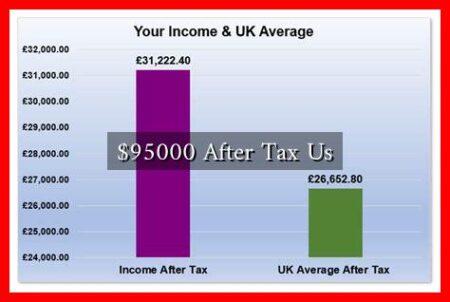-
Table of Contents
Understanding Withholding Tax: A Comparative Analysis of the US and Canada
Withholding tax is a critical aspect of international taxation that affects individuals and businesses engaged in cross-border transactions. Both the United States and Canada impose withholding taxes on various types of income, including dividends, interest, and royalties. This article delves into the intricacies of withholding tax in both countries, highlighting key differences, implications for taxpayers, and strategies for compliance.
What is Withholding Tax?
Withholding tax is a tax deducted at the source of income, meaning that the payer is responsible for withholding a portion of the payment and remitting it to the government. This system is designed to ensure that tax obligations are met before the income reaches the recipient. In the context of international transactions, withholding tax can significantly impact the net income received by foreign investors.
Withholding Tax in the United States
In the US, withholding tax applies to various types of income paid to non-resident aliens and foreign entities.
. The Internal Revenue Service (IRS) governs these regulations, and the rates can vary based on the type of income and the existence of tax treaties.
- Dividends: Generally subject to a 30% withholding tax, but this rate can be reduced to 15% or even 0% under certain tax treaties.
- Interest: Typically exempt from withholding tax for non-resident aliens, except for certain types of interest payments.
- Royalties: Subject to a 30% withholding tax, which may be reduced under tax treaties.
For example, a Canadian investor receiving dividends from a US corporation would typically face a 30% withholding tax. However, if a tax treaty exists between the two countries, this rate may be reduced to 15%, allowing the investor to retain more of their earnings.
Withholding Tax in Canada
Canada also imposes withholding taxes on payments made to non-residents. The Canada Revenue Agency (CRA) administers these taxes, and similar to the US, the rates can vary based on the type of income and applicable tax treaties.
- Dividends: Generally subject to a 25% withholding tax, which can be reduced to 15% or lower under tax treaties.
- Interest: Typically subject to a 25% withholding tax, but often exempt for certain types of interest payments.
- Royalties: Subject to a 25% withholding tax, with potential reductions available through tax treaties.
For instance, a US investor receiving dividends from a Canadian corporation would face a 25% withholding tax. However, under the Canada-US tax treaty, this rate may be reduced to 15%, similar to the US scenario.
Tax Treaties: A Key Factor
Both the US and Canada have established tax treaties with numerous countries to prevent double taxation and reduce withholding tax rates. The Canada-US Tax Treaty is particularly significant, as it outlines the withholding tax rates applicable to various types of income between the two nations.
- Reduced Rates: Tax treaties often provide reduced withholding tax rates for dividends, interest, and royalties.
- Elimination of Double Taxation: Taxpayers can often claim a foreign tax credit or deduction for taxes paid to the other country.
- Exchange of Information: Treaties facilitate the exchange of information between tax authorities, enhancing compliance and reducing tax evasion.
Compliance and Reporting Obligations
Taxpayers must be aware of their compliance obligations regarding withholding tax. In both the US and Canada, non-residents receiving income are required to provide appropriate documentation to ensure the correct withholding tax rate is applied.
- Form W-8BEN: Non-resident aliens must submit this form to US payers to claim a reduced withholding tax rate under a tax treaty.
- Form NR301: Canadian non-residents must complete this form to claim treaty benefits on income received from Canadian sources.
Conclusion
Withholding tax is a vital consideration for individuals and businesses engaged in cross-border transactions between the US and Canada. Understanding the rates, exemptions, and treaty benefits can significantly impact the net income received by foreign investors. By navigating the complexities of withholding tax and ensuring compliance with reporting obligations, taxpayers can optimize their tax positions and avoid potential pitfalls.
For more detailed information on withholding tax regulations, you can visit the IRS website or the CRA website.




